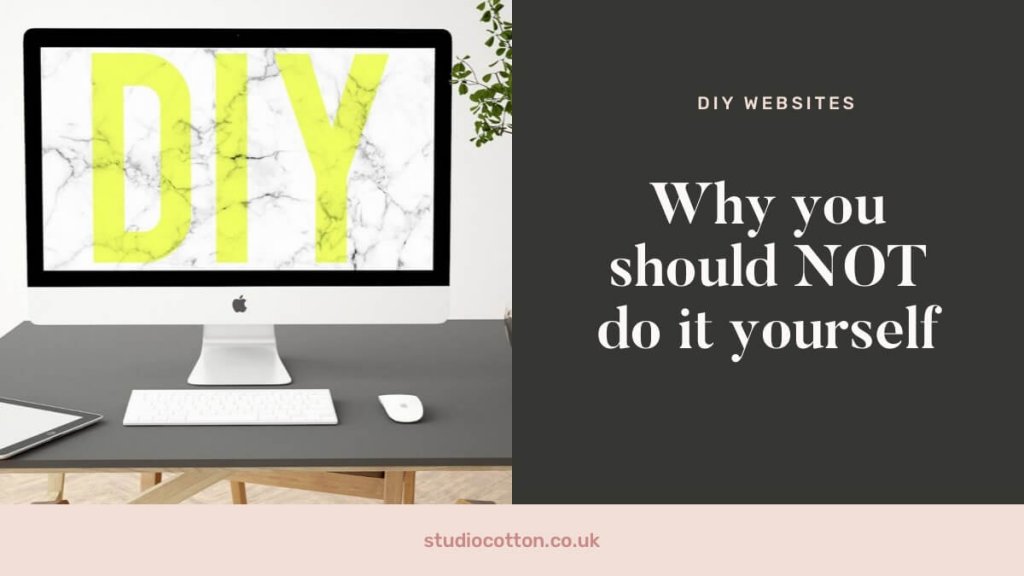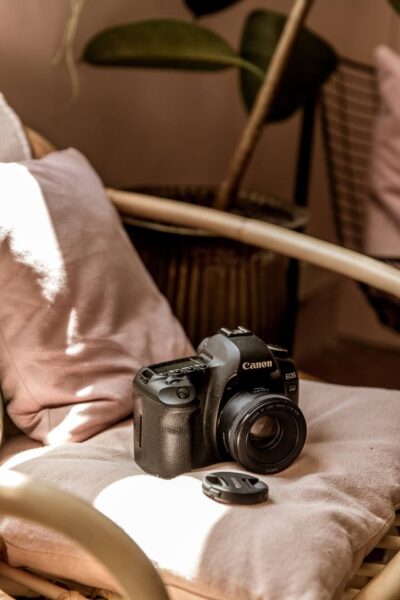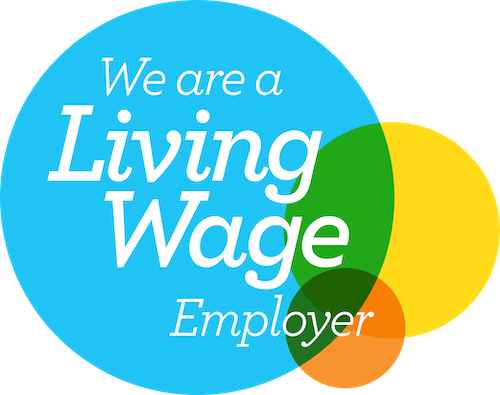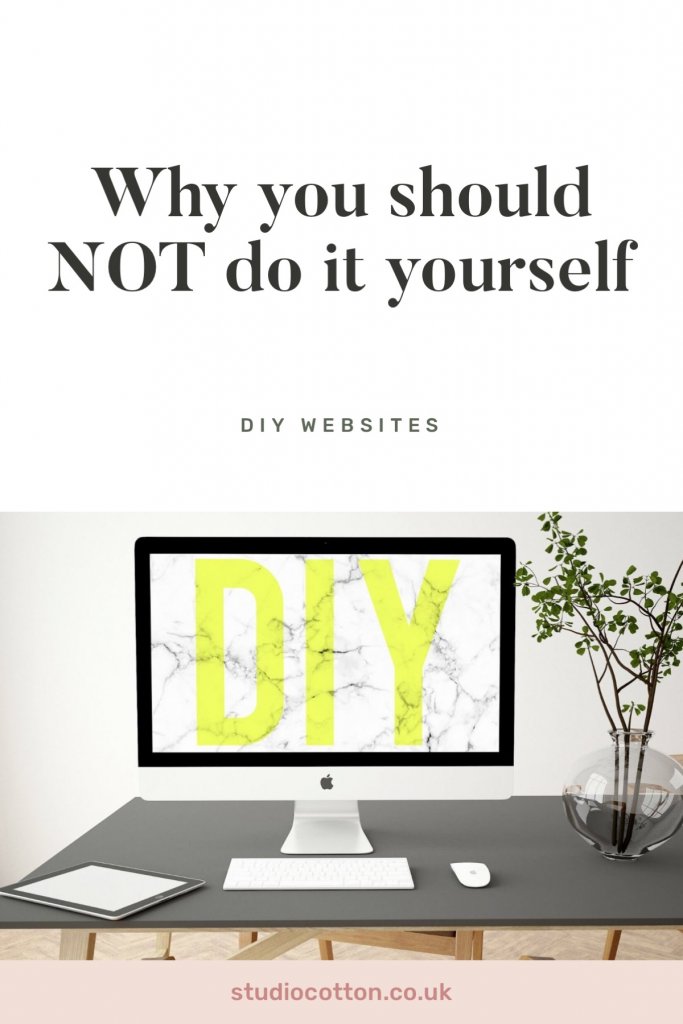 It’s been a few months since I wrote part one of this short series on DIY websites – despite my best intentions to follow up promptly.
It’s been a few months since I wrote part one of this short series on DIY websites – despite my best intentions to follow up promptly.
We’ve already discussed the benefits of making your own website using one of the small-business-focused builders like Wix, Shopify and Squarespace, so now it’s time to dive into the downsides, pitfalls and inevitable kerfuffles that come with building your own website.
The ultimate personal creative block
When you created your new business, you probably made the leap from a stable salary to self employment – which I know from experience is darned terrifying.
Right now though, I want you to turn your mind back to the last time you were job hunting – and specifically writing your own CV.
Wasn’t that painful? Wasn’t it just the worst? It was for me, writing positive things about yourself is hard and just so un-British.
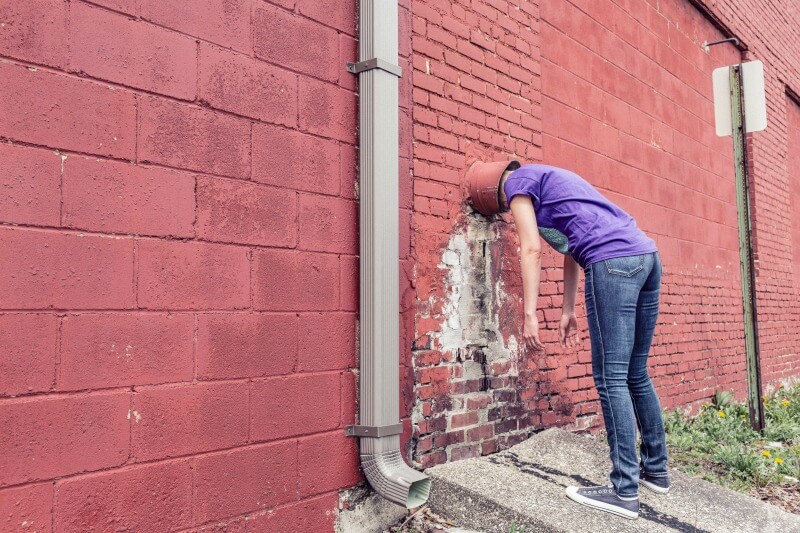
Now imagine writing a whole website about how great you are. It can be excruciating to sell your dream in a way that is confident, compelling and creative – which often leads to the mother-of-all creative blocks.
For example, it took me about 3 months to get the Studio Cotton site finished. In comparison, I’d probably be able to build the same for one of my clients in about 2 days. I spent 6 of the longest weeks of my life um-ing and ah-ing on this page.
I’m happy with the outcome, but it’s not 6-weeks-of work excellent.
It’s not just the singing your own praises, but the agonising over every word, no matter how seemingly insignificant.
You’ll find yourself trying 40 variations on “sign up to the mailing list”. You don’t want too sound too demanding. But you also want to be encouraging. But is that exciting enough? Arrrggghhhhh!
You’ll probably never ‘finish’ a DIY website
Staying with the CV example, when you last looked for a job you probably didn’t start from scratch. You probably opened the same document that got you the penultimate job that made you realise you can’t work for someone else ever again.

When you sent off that last CV, after all the pain, you were probably quite pleased with it. After all – it worked.
However, a year or more later you find that what you wrote is utterly cringeworthy – and probably contains a typo or two to boot.
When it’s your website, you have the ability to edit and ‘improve’ at any time. 90% of the time, this flexibility is brilliant. The rest of the time, it’s a recipe for countless lost hours of tweaking, unnecessary additions and contemplating that dang mailing list sign up text.
Expertise gets you a better website quicker
I build a lot of websites for a living, and have dedicated hundreds of hours into researching the best way to do this. Sure, a lot of the principles are pretty easy to pick up, and common sense (yes Mum and Dad, I do have some) plus a big ol’ heap of pragmatism go a long way.
Because of this, I can knock out what I think, and my clients agree, is a damn good site in a relatively short amount amount of time.

I know how and why to select the pages you should include in your main site navigation. I know how to use colour to increase conversion. I know why certain layouts work best for types of content. I know what stats to look out for, and how to react to them and improve a website.
I know the best and cheapest plugins for most functions required for a small business or charity. I am fluent in enough WordPress themes that I can create pretty much any aesthetic. When things go wrong – I either know how to fix them or where to get the answer.
If you want to create a good DIY website, it’s certainly possible. If you want to create a great site, you’re going to need to do a lot of reading, and it’s going to take a long time.
Creating a great DIY website is hard work
A lot of the modern DIY website builders have beautiful, intuitive user interfaces (UIs) that make adding and rearranging content easy. You can design a beautiful home page in what feels like minutes.
Your contact form has everything you need, and it works perfectly!
But there’s probably about 20 other pages that need the same level of attention. And, after around 5 web pages it can become hard to either find the right layout from a template, or create something that looks awesome from scratch.
Make every webpage count
I see so many websites with half-arsed inner pages – basically every page apart from the homepage and contact page. It seems nobody is blameless as this comes from both amateur website builders and professionals.
They are quite easy to spot and disappointing every time. You visit a website with a super sexy homepage, and then every other page consists of:
- A header which could be on an image
- Body copy maybe with images, or heaven forbid, bullet points
- If you’re lucky – a sidebar and it’s probably still using the default options
It was incredibly tempting to name and shame here but I don’t think that’ll be particularly helpful. If you think a website might have lazy inner page-itis, compare the content you’re viewing to their Terms and Conditions or Privacy Policy pages.
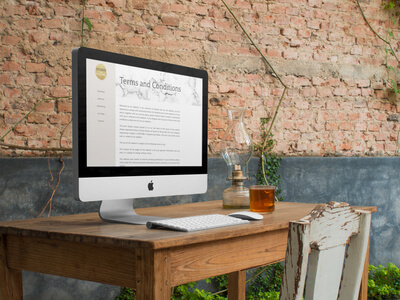
These utility pages almost always use the most basic of page templates as let’s be honest, nobody reads them.
If an inner webpage, which could be as important, or more important, than a homepage, looks no better than the text that explains you are not liable for content on third party websites, you’re missing out on a massive opportunity.
If you want an example of probably the best inner page of all time, I nominate Pencil by Fifty Three. I’ve been using this page as an example of incredible web design for years.
You’re not the right type of creative
In my recent blog post discussing if your small business should have a blog, there was a big tick in the ‘no’ column for small business owners who are bad writers.
The same goes for web design. At some point we all reach the limits or our skill in a specific area. If your web design skill level is low, it’s more worthwhile from a business perspective to outsource building a website.
Friends and family are a great place to start, as well as personal referrals. If you have a very small budget, it’s often worth looking at alternative forms of payment, such as a skill swap.
Leverage skill to increase budget
A lot of companies that create websites, like Studio Cotton, are small businesses. We have a rate card and a price for websites, but we also need to purchase services we are unable to fulfil ourselves. We love filling in the gaps by working with other local businesses.

Designers, illustrators, photographers, business mentors, product designers and more, have so much to offer a business like ours. We’re pretty much always up for trading time to create a better overall product and service.
When you meet a website maker, be clear about your budget up front and have a clear list of services or products you can offer the supplier. You might be able to settle on a favourable payment plan, or swing a significant discount.
So that’s our top reasons why you shouldn’t build your own DIY website. I hope I haven’t scared anyone too much. With research, patience and time, creating your own website can be incredibly rewarding.
We’ll follow up in part three with our top tips for those brave enough to take on the challenge.
PS. If you like the images in this blog post, they’re all freebies from Gratisography – a killer source of very weird pictures.
